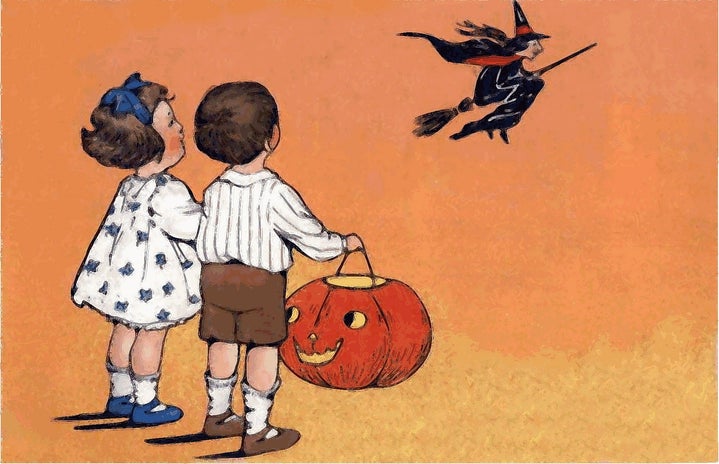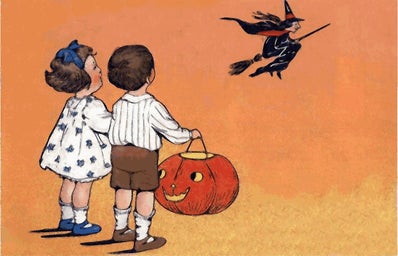With Halloween quickly approaching, students everywhere are scrambling to find the perfect costume. Arguably one of the most anticipated holidays for college students, Halloween has become an opportunity for people to wear something a little more flashy and revealing than they wouldn’t normally wear. The images we associate with a college Halloween from TV shows and movies probably looks a lot like what the main characters from Mean Girls wore — sexy animal costumes consisting of ears, a tail, and short, tight clothing. The iconic quote from the movie says it all: “In Girl World, Halloween is the one day a year when a girl can dress up like a total slut and no other girls can say anything else about it.”
However, what many are unaware of is that Halloween wasn’t always this occasion to dress up in “sexy” costumes. In fact, a look into Halloween costumes throughout the decades reveals a much different narrative. Halloween was first celebrated in America by New England colonists, mostly in Maryland and the southern colonies. However, it wasn’t until the late 1800s and early 1900s that people began dressing up and going trick-or-treating. The first American Halloween costumes were handmade and thus more unique compared to Halloween costumes now. In the late 1800s, for instance, families fashioned cowboy and millionaire costumes from scratch. Although they look a lot less put together than the mass-produced costumes we see today, it is clear that a lot of work (by parents and other adults) went into making them.
Beginning in the 1900s, costumes started to be mass-produced and sold on a large scale. The Dennison Paper Company, for instance, began selling paper-based clothing such as ghost and witch costumes. Witches proved to be an especially popular costume in the 1910s, with women opting for a plain black dress and a pointy black hat when unsure about what to dress up as. From the 1920s onwards, costumes began to diversify. During the 1920s, flappers were a popular choice, during the 1930s and 1940s, boxed-costumes of cartoon figures began to surface, and during the 1950s, television character costumes became very popular. Children’s costumes ranged from Mickey and Minnie Mouse to Little Orphan Annie, while adults gravitated toward costumes such as Zorro, Tarzan, and Snow White. This trend of dressing up as TV show and movie characters continues today. But aside from this similarity, Halloween in the 1950s was very different from Halloween today. There was less of an emphasis on sexy, revealing costumes, and there was absolutely no emphasis on cultural appropriation, meaning that many dressed up in costumes deemed insensitive today.
Moving on to the 1960s, superhero costumes began to dominate the scene. This phenomenon can be attributed to the popularity of comic books featuring characters such as Superman, Spiderman, and Batman. More women began to dress up as comic book superheroes as well, with Catwoman and Batgirl being especially popular choices. The tight-fitting costumes worn by these female characters naturally led to a shift toward sexy costumes. Compared to the past, Halloween costumes became a lot more revealing and form-fitting.
The horror trend of the 1980s added another layer to the complexity and diversity of Halloween costumes. The 1978 movie “Halloween” is partly responsible for this change; after its release, more people began to dress up in bloody, gory costumes. Thus, the zombies, headless ghosts, and mummies that we see on Halloween these days stemmed from this era. This trend of gore continued in the 1990s and has become cemented into modern-day Halloween costume culture.
Fast forward to today, and we have an amalgamation of all of these trends: gore, superheroes, TV and movie characters, and the original witches and ghosts. However, on top of this variety in costume, the overlying theme seems to be “sexy.” Whether it’s a nun costume, a clown costume, or even a snowman costume, people somehow find a way to make any costume sexy. Looking back on Halloween costumes of the past, though, this seems to be a fairly recent phenomenon that only really emerged in the ‘60s. It’s also a reminder that Halloween costumes don’t necessarily have to emit sex appeal — the choice is entirely up to you, whether you’re paying homage to the more conservative witch costumes of the 1900s or being a sexy snowman.

